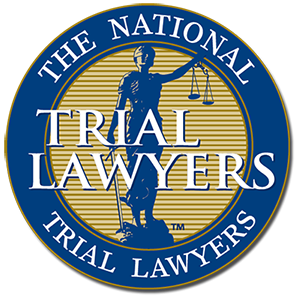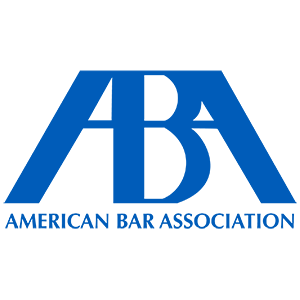Countering Counterfeit Money
June 24, 2019
Harriet Tubman, a former slave who became one of America’s most well-known abolitionists, was supposed to take the place of President Andrew Jackson on the twenty dollar bill in 2020. The switch was part of a celebration of 100 years of women’s suffrage. However, Treasury Secretary Steve Mnuchin announced on May 22, 2019, that redesigning the bill has been delayed to at least 2026. He claims the government is instead focusing on anti-counterfeiting measures. President Trump, a known fan of Andrew Jackson, is also not keen on redesigning the bill.
Nonetheless, the administration’s decision to increase defense against counterfeit $20 bills is understandable, considering that it has the highest instance of counterfeiting in the United States. The $20 bill was last redesigned in 2003, with key security features including an embedded thread that can be illuminated by UV light, a watermark of Andrew Jackson visible on both sides, and a color-shifting “20” in the lower right corner of the bill.
Counterfeit money increases the amount of money in circulation, causing economic issues like higher prices and lower value of currency. Counterfeiting is when someone “falsely makes, forges, counterfeits, or alters any obligation or other security of the United States,” with the intent to defraud. 18 U.S.C. § 471. One who commits counterfeiting could be punished up to 20 years in prison. Additionally, some who “with intent to defraud, passes, utters, publishes, or sells, or attempts to pass, utter, publish, or sell, or with like intent brings into the United States or keeps in possession or conceals any falsely made, forged, counterfeited, or altered obligation or other security of the United States” may also be sentenced up to 20 years in prison, as well. 18 U.S.C. § 472.
What if I Accidentally Use Counterfeit Money?
The short answer is that you will not be punished. To be guilty of counterfeiting, criminal intent must be proved. The government has the burden to prove that the defendant had the intent to defraud. Nonetheless, you should use caution when dealing with currency.
How Can I Check to see if Currency is Real?
First, you can check for the security features mentioned above. Additionally, you might look for red and blue threads woven into the bill — these should be actual threads and not simply printed onto the bill. Another simple check is to ensure that there is no blurry printing on the note.
If you suspect you are in possession of a counterfeit bill, the United States Secret Service (“USS”) recommends holding onto it and contacting your local police department. Additionally, the USS advises you to write your initials and the date in the border area on the bill, and keep it with you until you give it to a police officer.
If you are concerned about the possible effects of counterfeit money on your business, it is advisable to check with your insurance agent to ensure that you are covered against receiving counterfeit money. Train your employees on how to spot counterfeit bills, and try to use cashless transactions as much as possible.
Counterfeiting is a kind of fraud and a white-collar crime. If you are ever accused of creating, distributing, using, or attempting any of these actions with counterfeit currency, contact a skilled white-collar crime defense attorney immediately.








